Home>Garden Essentials>How To Sift Fines Out Of Soil Mix
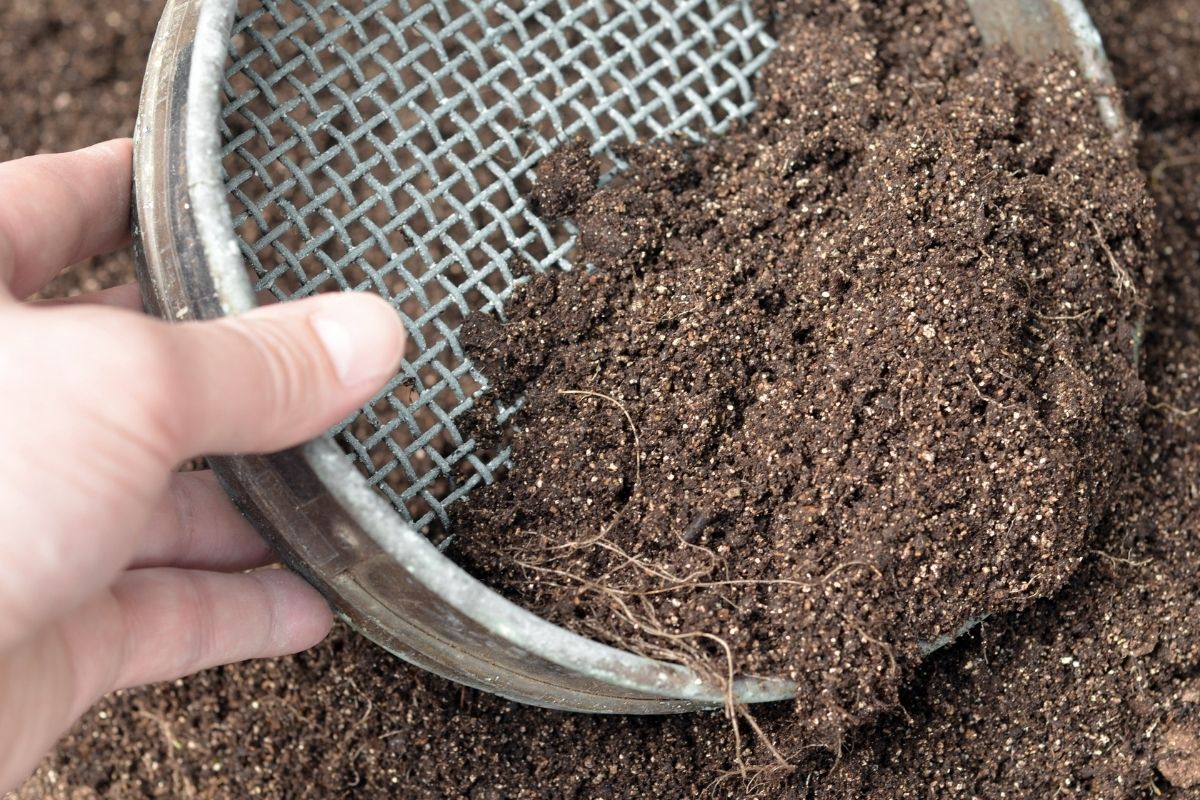

Garden Essentials
How To Sift Fines Out Of Soil Mix
Modified: March 16, 2024
Learn how to remove fines from your garden soil mix effectively with our easy-to-follow steps. Create the perfect environment for your plants to thrive!
(Many of the links in this article redirect to a specific reviewed product. Your purchase of these products through affiliate links helps to generate commission for Storables.com, at no extra cost. Learn more)
Introduction
Welcome to the world of gardening! Whether you’re an experienced gardener or just starting out, one of the key factors for successful plant growth and thriving gardens is the quality of the soil. The soil provides essential nutrients, water retention, and proper aeration for the roots of your plants. However, sometimes the soil mix you purchase or create may contain unwanted fines, which can hinder optimal plant growth. That’s where the process of sifting fines out of the soil mix comes in handy.
In simple terms, sifting fines out of the soil mix involves removing any small particles or debris, such as pebbles, twigs, or clumps of compacted soil, that might impede plant growth or cause drainage problems. By sifting the soil mix, you create a smoother and finer texture that allows for better water retention and nutrient absorption, resulting in healthy and vibrant plants.
In this article, we will explore the reasons for sifting fines out of the soil mix, the materials needed for the process, step-by-step instructions, as well as some helpful tips and common mistakes to avoid. So, let’s get our gardening gloves on and dive into the wonderful world of soil mix sifting!
Key Takeaways:
- Sifting fines out of soil mix improves plant growth by enhancing drainage, aeration, and nutrient absorption. It also helps prevent weed growth, creating a healthier environment for your garden.
- When sifting soil mix, work in small batches, use a fine mesh sieve, and moisten the soil for better results. Avoid overloading the sieve and be mindful of not discarding all fines, as they can benefit the soil.
Read more: How To Make Potting Soil Mix
Reasons for Sifting Fines Out of Soil Mix
There are several reasons why sifting fines out of the soil mix is beneficial for your garden. Let’s take a closer look at these reasons:
- Improved Drainage: When soil mix contains fines such as pebbles or clumps of compacted soil, it can hinder proper drainage. Excess water may accumulate around the plant roots, leading to root rot and other issues. By sifting out the fines, you create a looser and more porous soil mix, allowing water to drain freely and preventing waterlogged conditions.
- Enhanced Aeration: Plants require oxygen to thrive, and a well-aerated soil mix provides the necessary oxygen to the roots. Fines can compact the soil, restricting airflow and reducing oxygen levels. By sifting out the fines, you create a lighter and fluffier soil mix that promotes better air circulation, promoting healthy root development.
- Prevention of Weed Seeds: Weeds can be a nuisance in any garden. The soil mix may contain weed seeds or unwanted plant debris that can lead to the growth of unwanted plants. By sifting out the fines, you effectively remove these weed seeds, minimizing the appearance of weeds in your garden.
- Improved Nutrient Absorption: Fines in the soil mix can act as barriers, preventing plant roots from accessing the nutrients they need. By sifting out the fines, you create a finer-textured soil mix that allows for better nutrient absorption by the roots, promoting healthier and more robust plant growth.
By sifting the fines out of the soil mix, you create an optimal growing environment for your plants. It not only improves drainage and aeration but also reduces the likelihood of weeds and enhances the uptake of essential nutrients. Now that we understand the importance of sifting fines out of the soil mix, let’s move on to the materials needed for this process.
Materials Needed for Sifting Fines Out of Soil Mix
Sifting fines out of the soil mix is a relatively simple process that requires just a few materials. Here is a list of what you will need:
- Garden Sieve: A garden sieve or mesh screen is the primary tool used for sifting fines out of the soil mix. It is typically made of metal or plastic and has a fine mesh that allows small particles to pass through while retaining larger debris.
- Bucket or Wheelbarrow: You’ll need a container to hold the soil mix as you sift it. A large bucket or a wheelbarrow can be used for this purpose.
- Tarp or Large Sheet: To catch the sifted fines and prevent them from scattering, lay down a tarp or a large sheet underneath the sieve.
- Gloves: Wearing gloves will protect your hands from any rough or sharp particles that may be present in the soil mix.
- Water Source: Depending on the condition of the soil mix, you may need a water source to moisten it slightly, making it easier to sift out the fines.
These materials are readily available at most garden centers or online stores. Once you have gathered the necessary materials, you are ready to start the process of sifting fines out of the soil mix. In the next section, we will provide you with step-by-step instructions to guide you through the process. So, let’s get to work and create the perfect soil mix for your plants!
Step-by-Step Instructions for Sifting Fines Out of Soil Mix
Now that you have your materials ready, let’s dive into the step-by-step process of sifting fines out of the soil mix:
- Prepare the Work Area: Find a flat and sturdy surface to work on, preferably outdoors or in a well-ventilated area. Lay down a tarp or a large sheet to catch the sifted fines and make cleanup easier.
- Moisten the Soil Mix: If your soil mix is dry or clumpy, lightly moisten it using a water source like a spray bottle or a watering can. This will help the soil mix break up more easily and pass through the sieve.
- Position the Sieve: Place the garden sieve over the container such as a bucket or a wheelbarrow. Make sure it is stable and secure so that it doesn’t tip over while sifting.
- Add Soil Mix to the Sieve: Scoop a manageable amount of soil mix onto the sieve. It is recommended to work with small batches to ensure proper sifting.
- Start Sifting: Holding onto the sieve handles, gently shake or oscillate the sieve back and forth. The fine particles will pass through the mesh of the sieve, while larger debris like pebbles or clumps of compacted soil will remain on top.
- Discard the Debris: Carefully remove the debris from the top of the sieve and set it aside. This can be collected and disposed of or used for other purposes such as mulching.
- Collect the Sifted Soil: The sifted soil will collect in the container below the sieve. Once you have completed sifting a batch, transfer the sifted soil to a separate container or directly into your garden beds or pots.
- Repeat the Process: Continue adding soil mix to the sieve, sifting, and collecting until you have sifted the desired amount of soil mix.
- Inspect and Repeat if Necessary: After sifting, take a moment to inspect the sifted soil for any remaining fines or unwanted debris. If needed, repeat the sifting process to ensure a finer texture.
Following these step-by-step instructions will help you effectively sift fines out of the soil mix, resulting in a smoother and more refined texture. However, make sure not to discard all fines, as a certain amount can actually benefit the soil by providing organic matter and contributing to the overall nutrient content. Adjust the degree of sifting based on your specific gardening requirements.
Use a kitchen sieve or mesh screen to sift soil mix. Gently shake the sieve to separate fines from larger particles. Repeat until desired texture is achieved.
Tips for Successful Soil Mix Sifting
While sifting fines out of the soil mix is a straightforward process, here are some tips to help you achieve optimal results:
- Work in Small Batches: Sifting smaller amounts of soil mix at a time allows for better control and more effective sifting. It also prevents overload on the sieve, ensuring a smoother workflow.
- Use a Fine Mesh: Choosing a sieve with a finer mesh will help remove smaller particles and debris from the soil mix. However, be mindful that an extremely fine mesh can make the sifting process slower. Find a balance that suits your needs.
- Moisten the Soil Mix: As mentioned earlier, lightly moistening the soil mix can make it easier to break up and sift. However, avoid over-saturating the soil mix, as it can lead to clumping and compaction.
- Shake the Sieve Gently: While shaking the sieve, be gentle and avoid vigorous movements. This will help the fines pass through the mesh while preventing unwanted damage to the sieve or loss of soil mix.
- Inspect the Sifted Soil: Take a moment to inspect the sifted soil after each batch. Look for any remaining fines or debris and make adjustments if necessary. This ensures a finer texture for your soil mix.
- Reuse the Debris: Depending on the content of the debris, you can reuse it for other purposes. Pebbles can be used for drainage at the bottom of pots, while clumps of soil can be broken down and mixed back into the soil mix.
- Clean and Store the Tools: Once you have finished sifting the soil mix, clean the sieve and store your tools properly. This will ensure they are ready for future use and prevent contamination.
By following these tips, you can simplify the sifting process, improve the quality of your soil mix, and create a better environment for your plants to thrive.
Now that you are armed with these helpful tips, let’s move on to the next section to learn about common mistakes to avoid when sifting fines out of the soil mix.
Read more: What Is Humus Soil Mix
Common Mistakes to Avoid When Sifting Fines Out of Soil Mix
While sifting fines out of the soil mix is a relatively simple process, there are some common mistakes that gardeners can make. By being aware of these pitfalls, you can avoid them and ensure a successful soil-sifting experience. Here are some common mistakes to avoid:
- Overloading the Sieve: One of the most common mistakes is adding too much soil mix to the sieve at once. This can overload the sieve, making it difficult to sift effectively. Work in small batches and avoid overloading the sieve to ensure a smoother process.
- Using an Improper Mesh Size: The mesh size of the sieve is crucial for effective sifting. Using a mesh size that is too large may not remove all fines, while using a mesh size that is too fine can slow down the sifting process. Choose a sieve with an appropriate mesh size for your specific needs.
- Skipping the Moistening Step: Moistening the soil mix slightly before sifting helps to break up clumps and facilitates the sifting process. Skipping this step can lead to difficulties in sifting and may result in a less refined soil mix.
- Shaking the Sieve Too Vigorously: While it is important to shake the sieve to sift the fines, shaking it too vigorously can cause the soil mix to spill over or damage the sieve. Use gentle, controlled movements to ensure a thorough sifting without any mishaps.
- Disposing of All Fines: While sifting fines out of the soil mix is beneficial, it is important not to dispose of all fines. Some fines, such as organic matter, can contribute to the nutrient content of the soil. Remove larger debris while leaving a certain amount of fines in your soil mix.
- Not Inspecting the Sifted Soil: After each batch of sifting, take the time to inspect the sifted soil for any remaining fines or debris. This allows you to make any necessary adjustments and ensure a finer texture for your soil mix.
By avoiding these common mistakes, you can make the process of sifting fines out of the soil mix more efficient and effective. Your plants will benefit from a well-aerated and properly drained soil mix, leading to healthy and thriving growth.
Now that you are equipped with the knowledge of what to avoid, let’s conclude our article.
Conclusion
Sifting fines out of the soil mix is a simple yet valuable technique that can greatly improve your gardening experience. By removing unwanted debris and creating a finer-textured soil mix, you create an environment that promotes proper drainage, enhanced aeration, and optimal nutrient absorption for your plants.
In this article, we explored the reasons for sifting fines out of the soil mix, the materials needed, and provided step-by-step instructions on how to sift fines effectively. We also shared some helpful tips to ensure success and highlighted common mistakes to avoid during the process.
Remember, working in small batches, using an appropriate mesh size, and moistening the soil mix are crucial for a smooth and efficient sifting process. Taking the time to inspect the sifted soil and reusing the debris where possible are also important practices to keep in mind.
So, whether you’re a seasoned gardener or just starting out, don’t overlook the importance of sifting fines out of your soil mix. Creating an optimal growing environment for your plants will result in healthier, more vibrant gardens and abundant harvests.
Now, armed with the knowledge and techniques provided in this article, it’s time to grab your garden sieve, prepare your work area, and start sifting fines out of your soil mix. Your plants will thank you for it!
Frequently Asked Questions about How To Sift Fines Out Of Soil Mix
Was this page helpful?
At Storables.com, we guarantee accurate and reliable information. Our content, validated by Expert Board Contributors, is crafted following stringent Editorial Policies. We're committed to providing you with well-researched, expert-backed insights for all your informational needs.
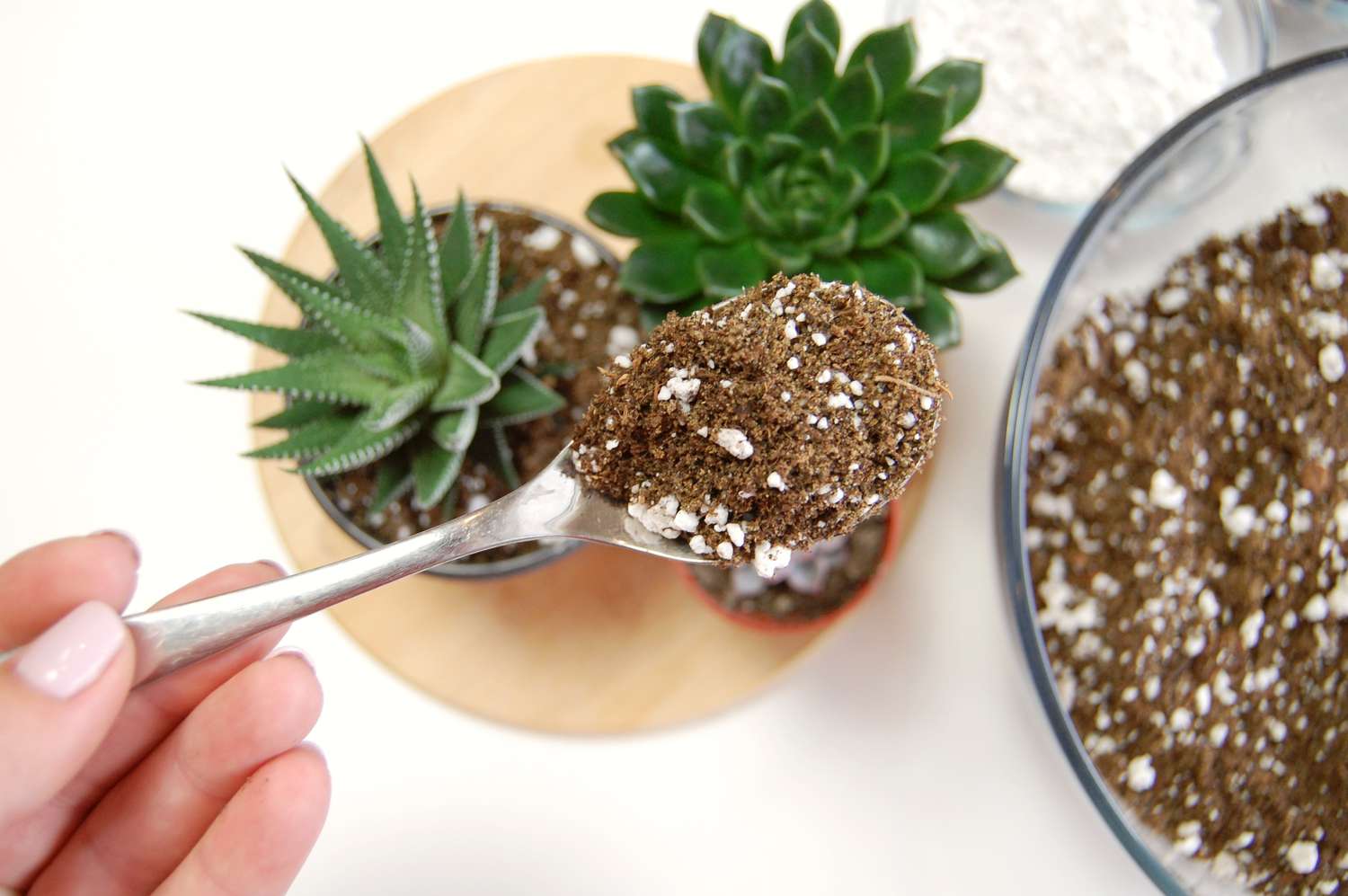
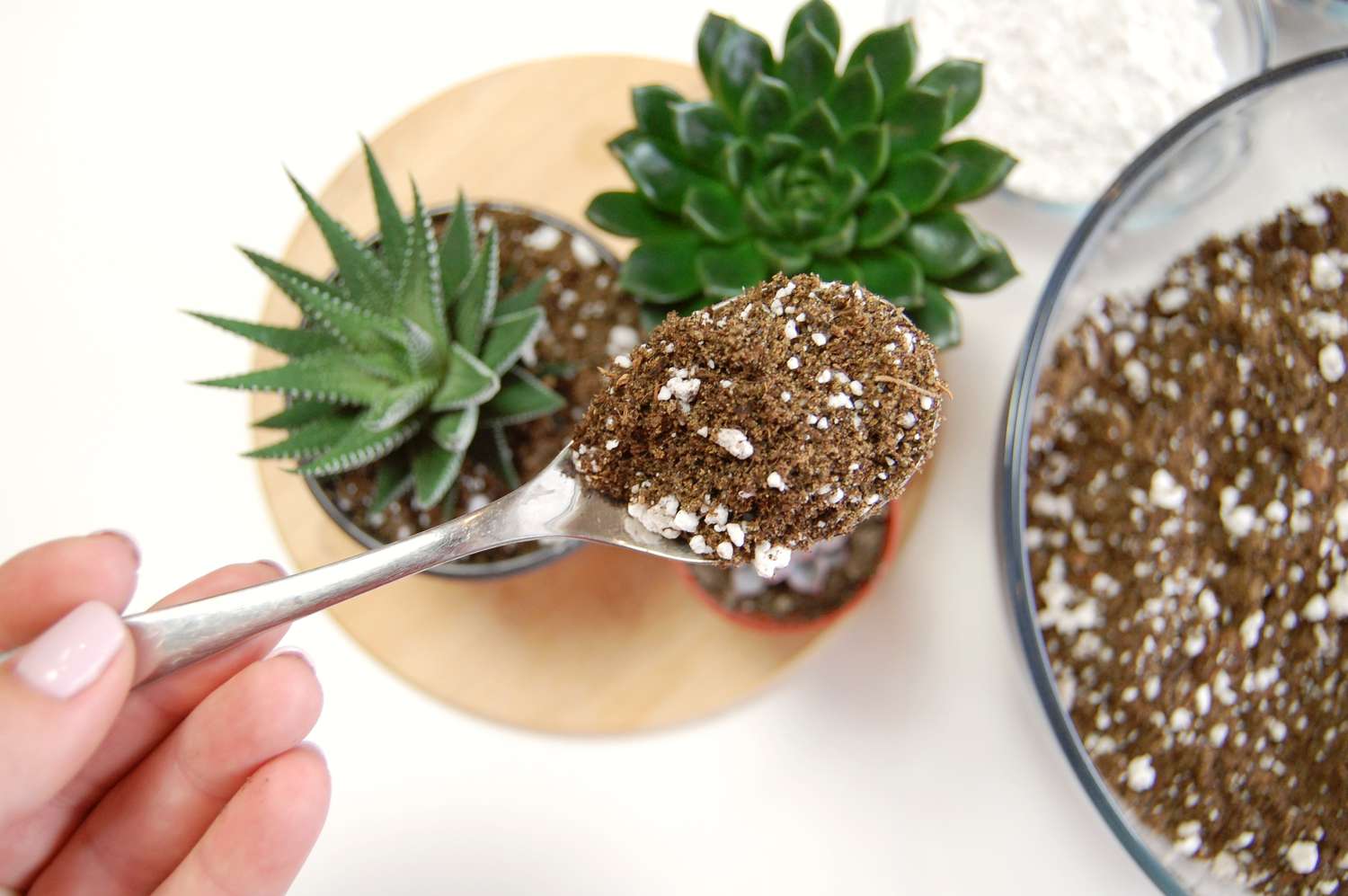
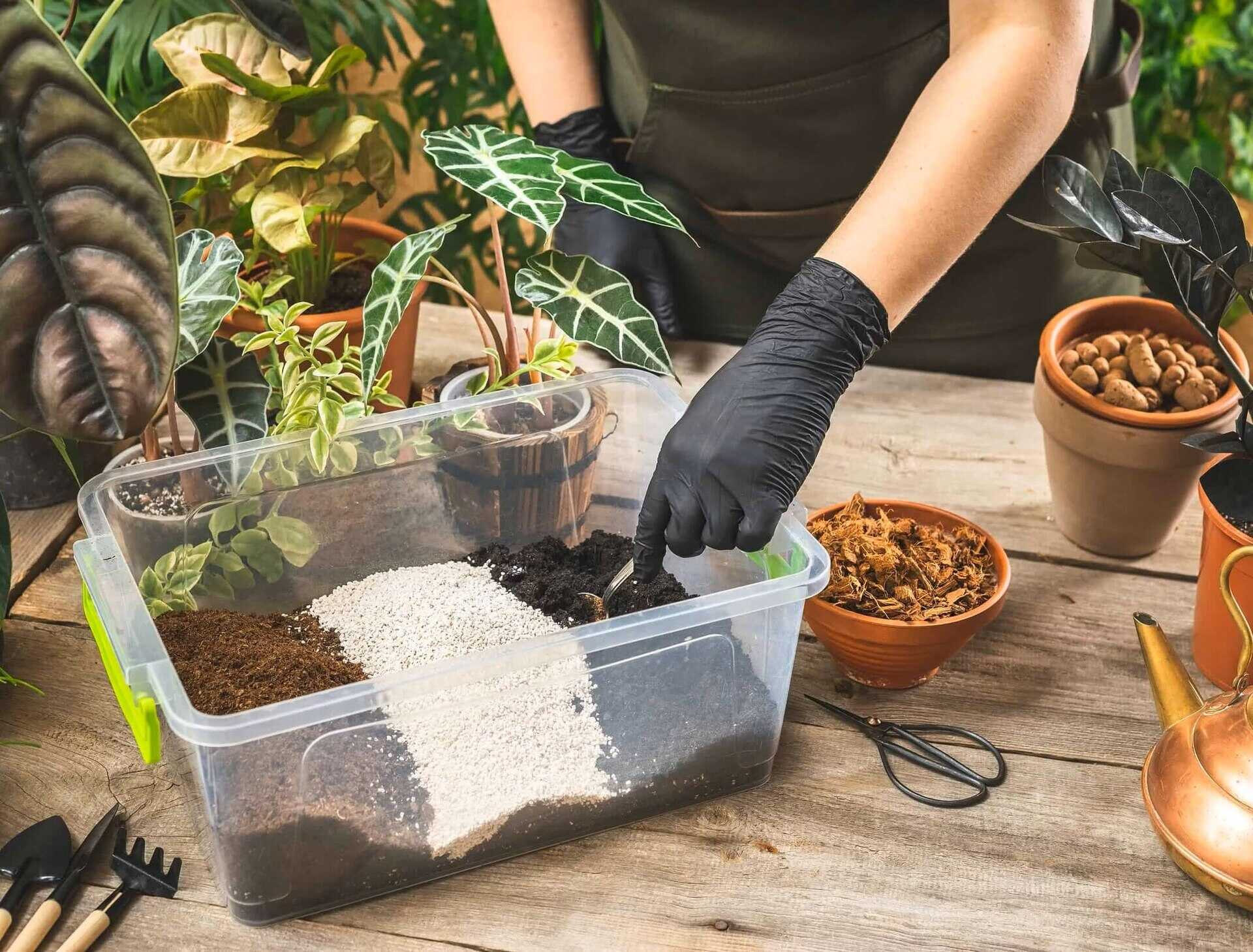
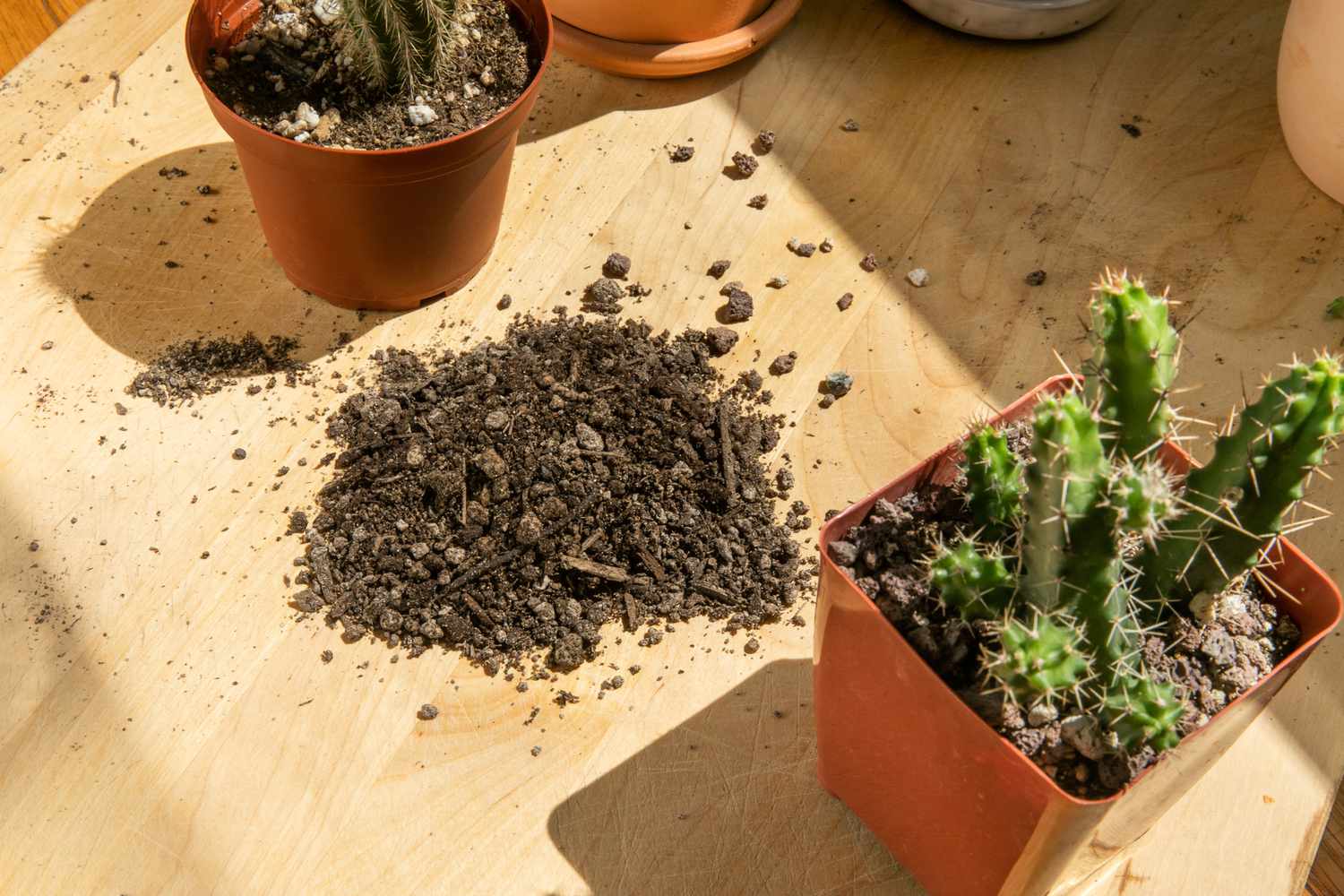
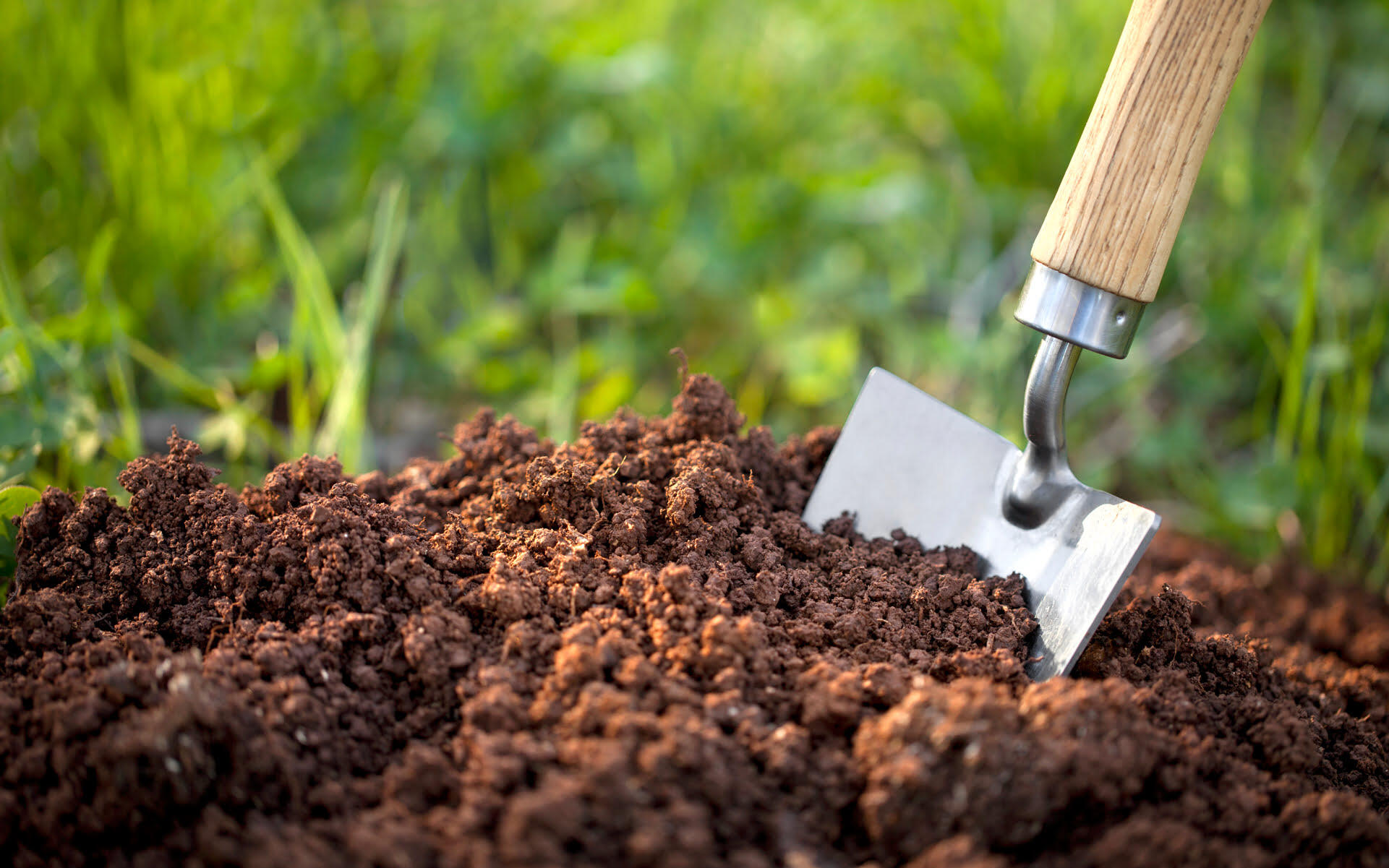
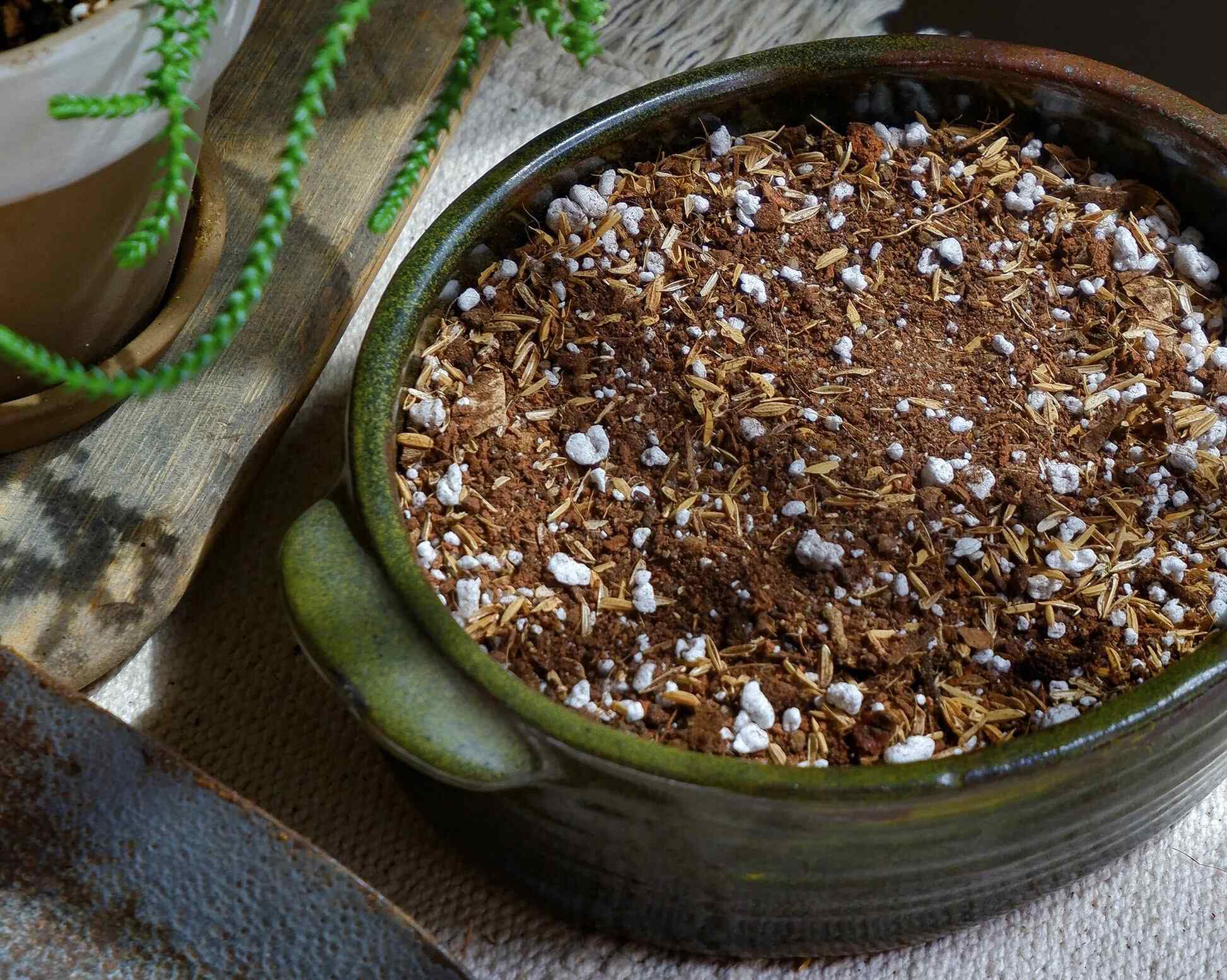
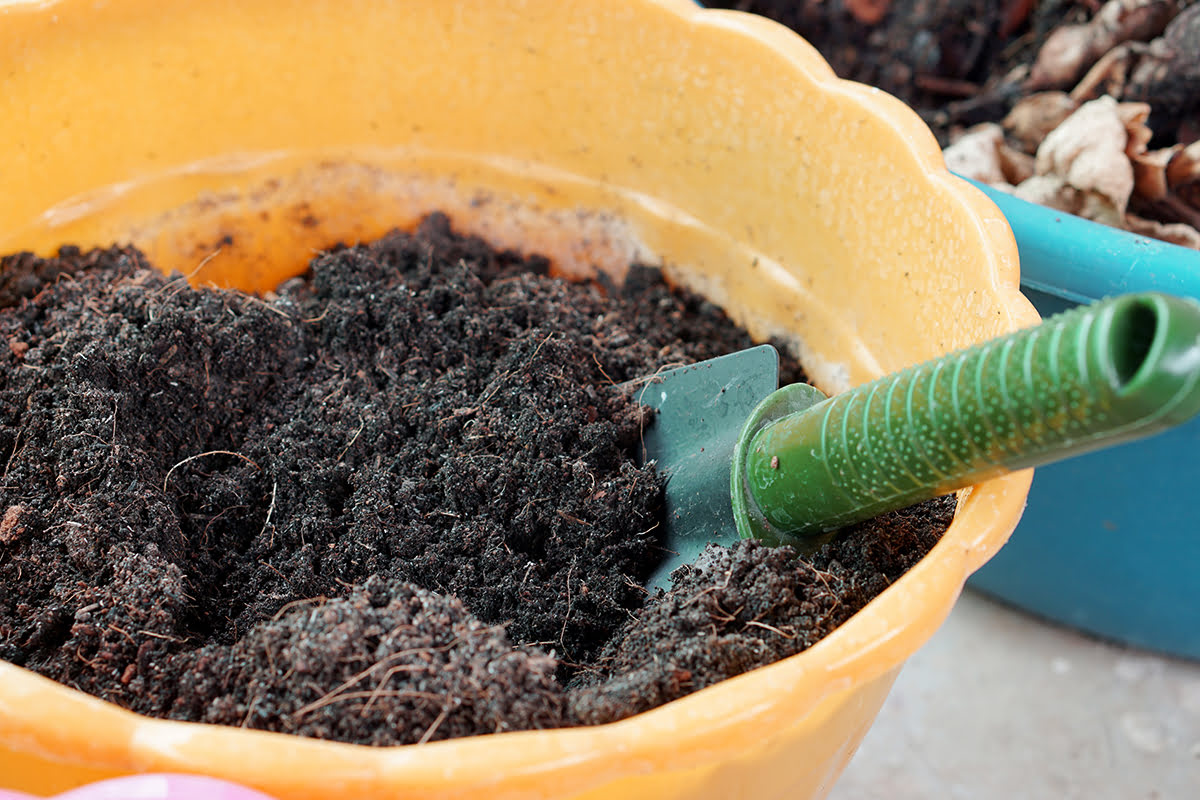
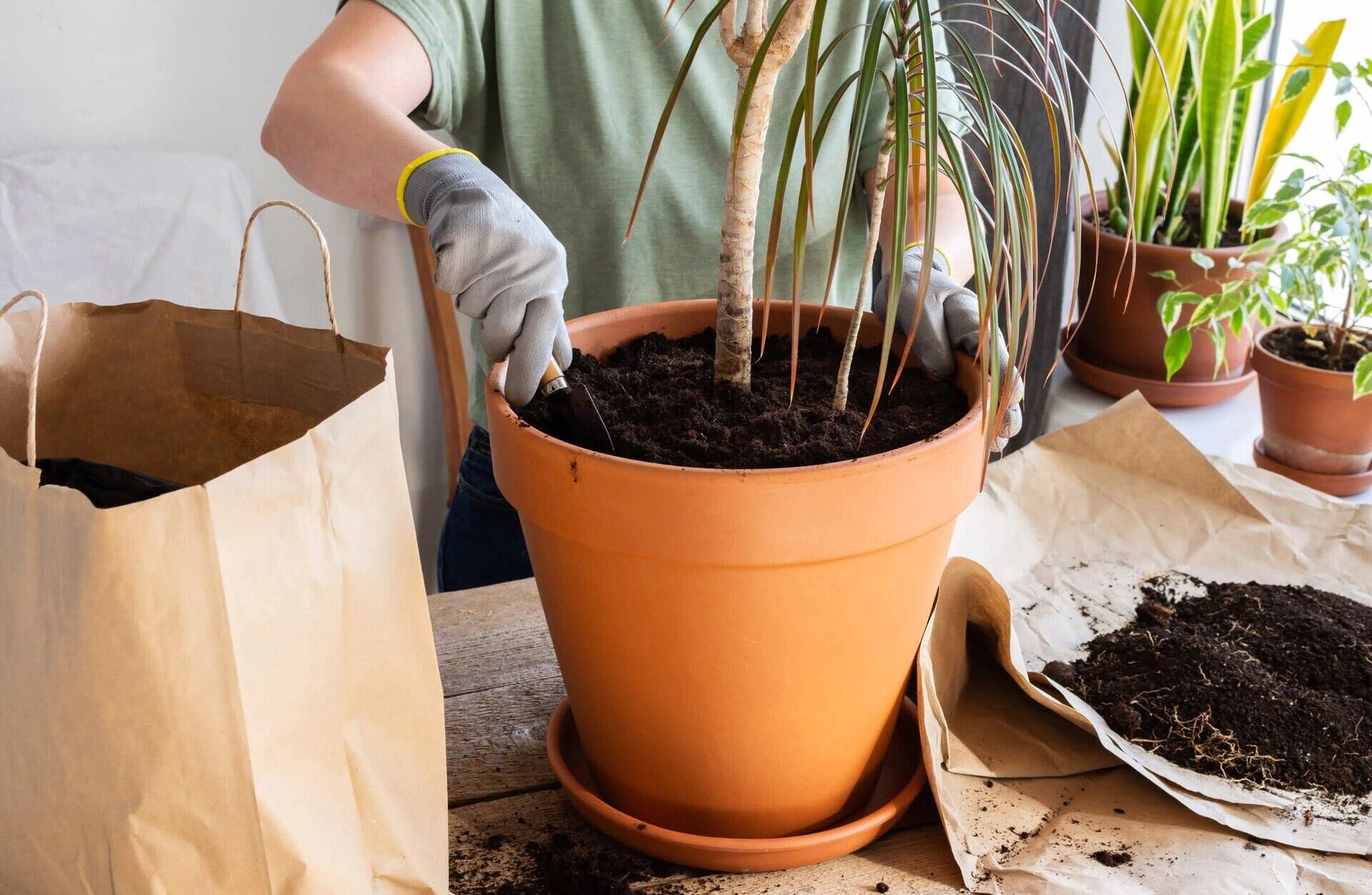
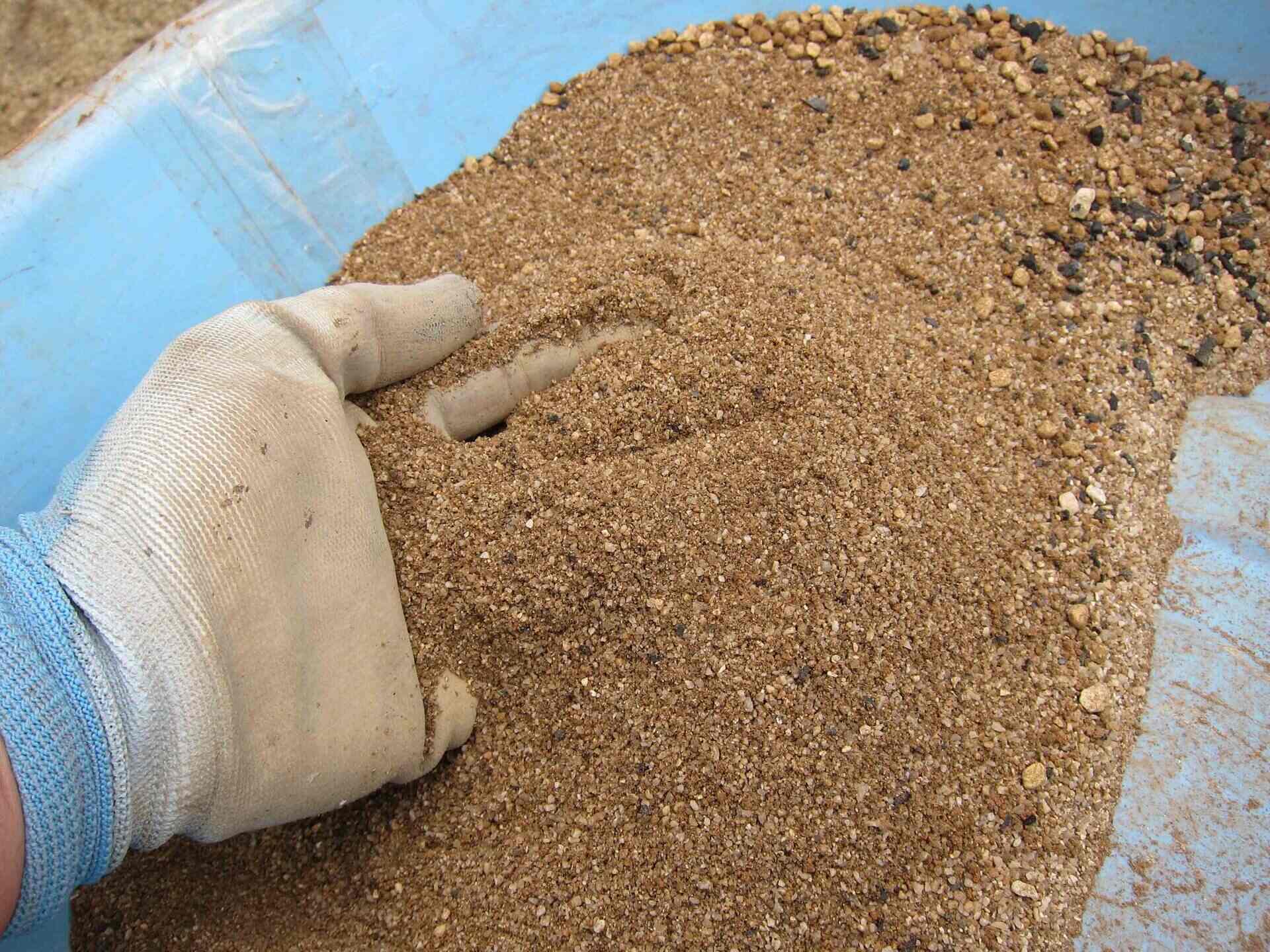
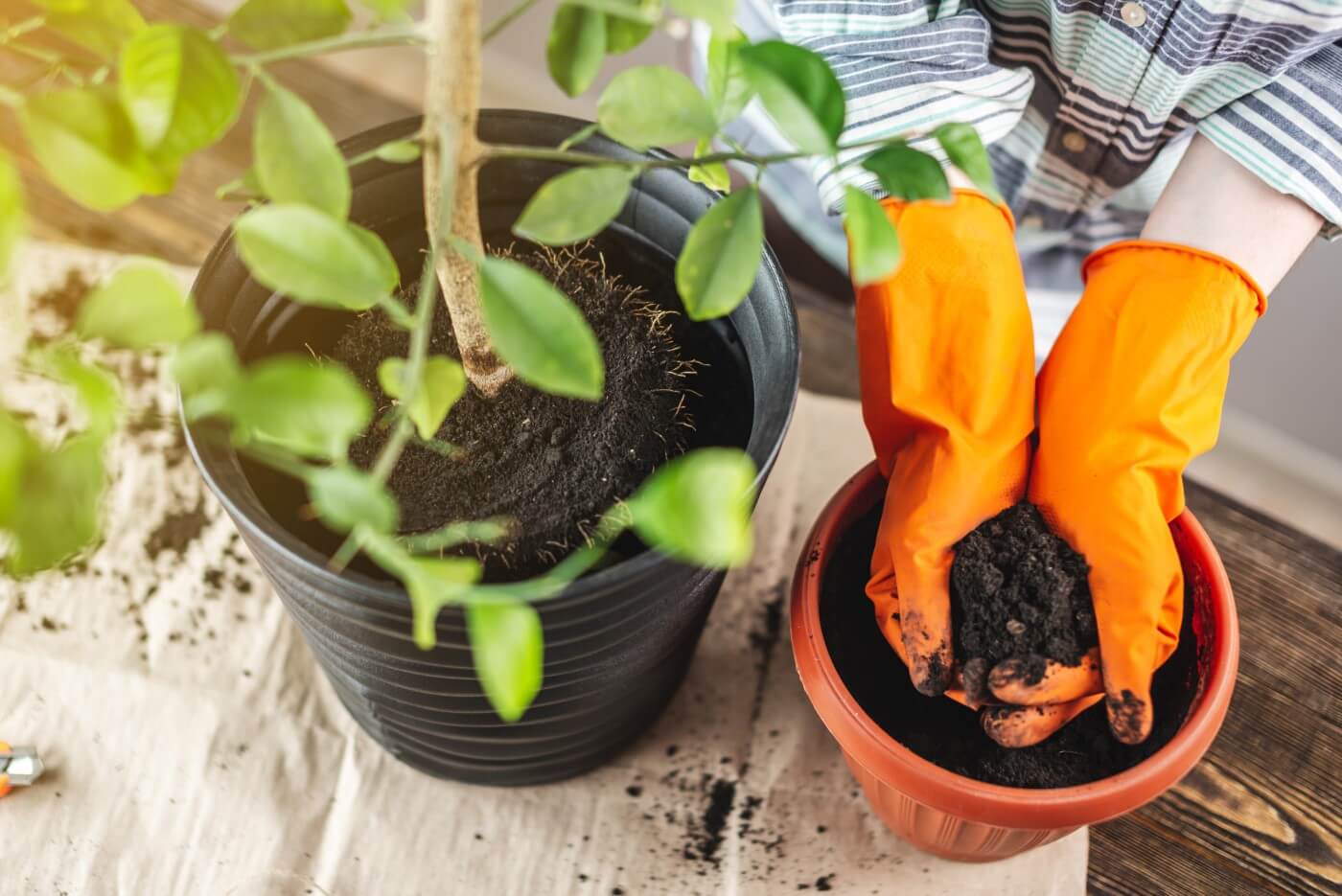
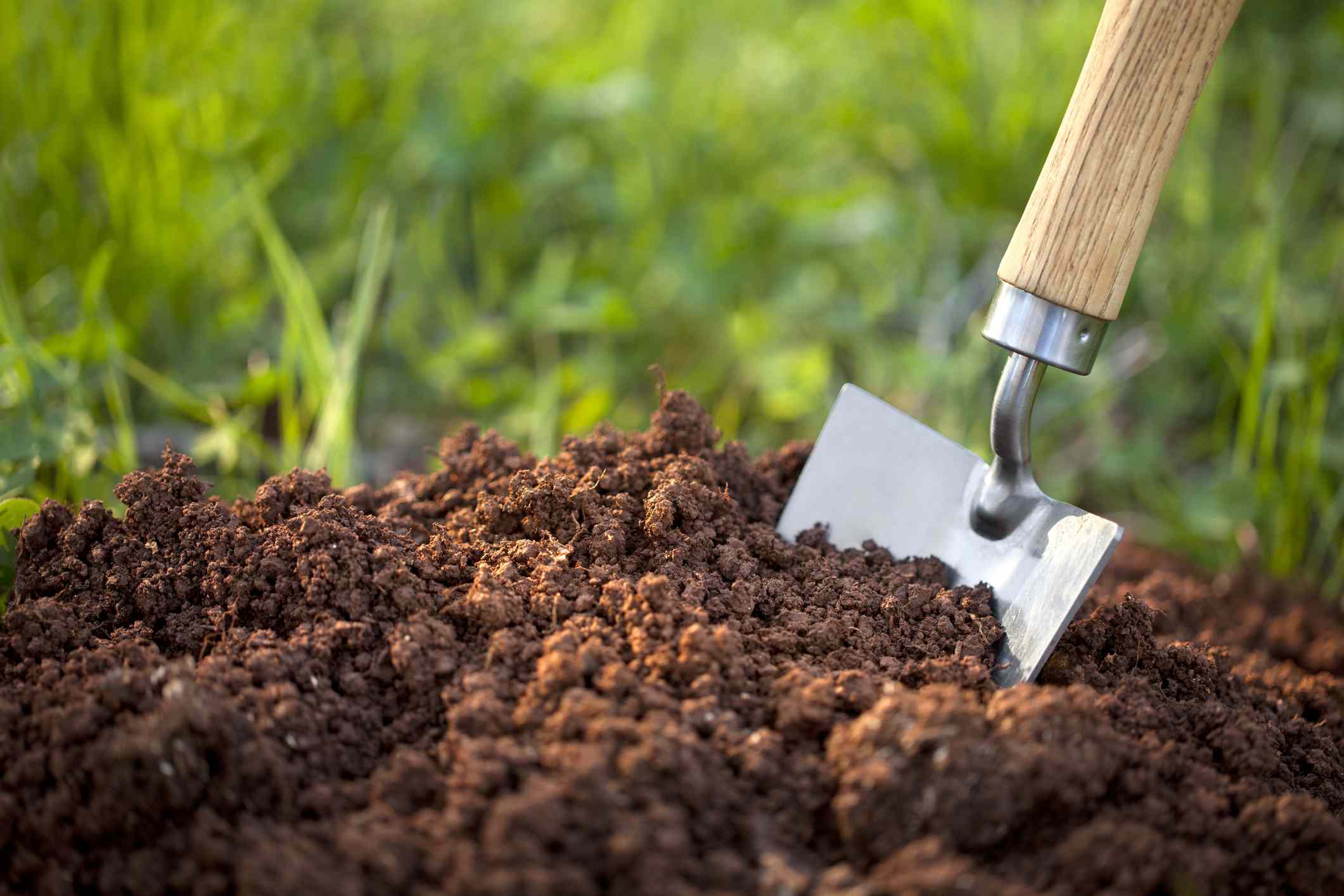
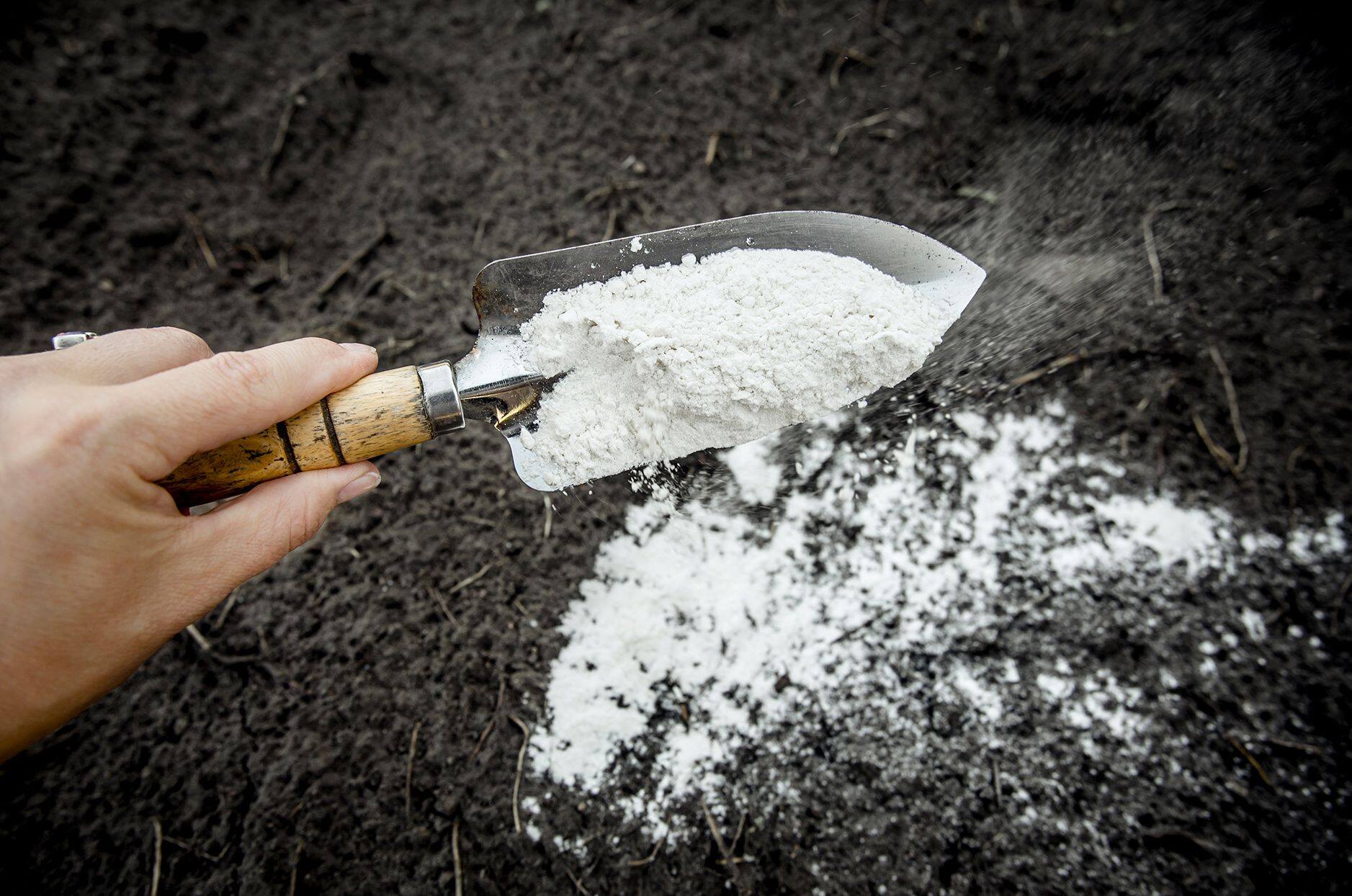
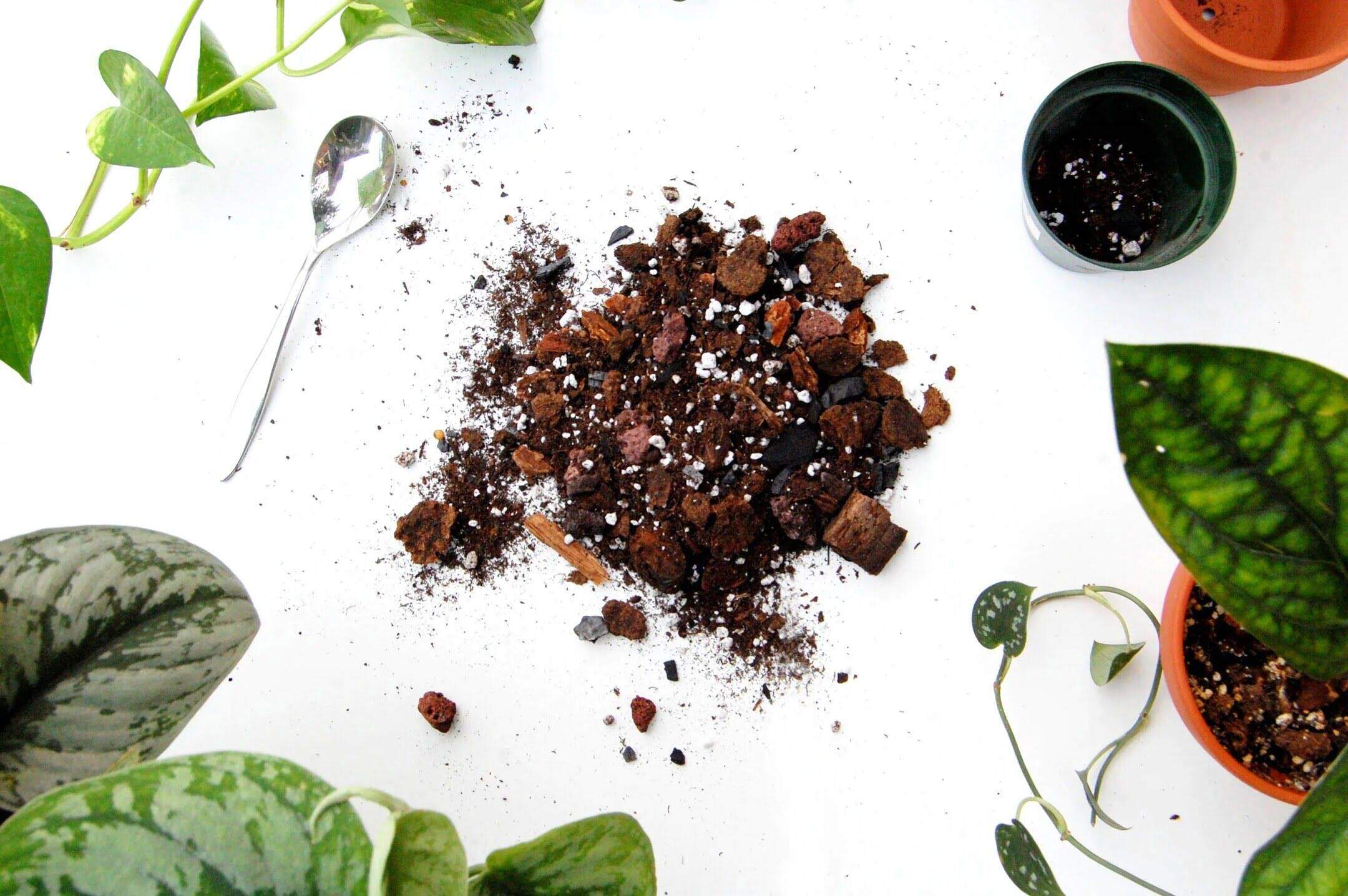


0 thoughts on “How To Sift Fines Out Of Soil Mix”